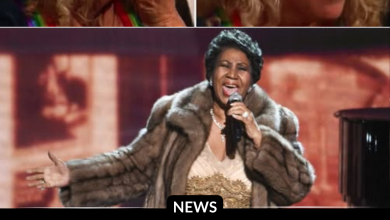Mariah Carey says music became her “safe place” — and Rainbow became the turning point
OPINION: This article may contain commentary which reflects the author's opinion.
For Mariah Carey, the album Rainbow was not just a chart era — it was a declaration of freedom.
By the time she released the record in November 1999, she had come through a decade-long emotional fallout connected to her marriage to music executive Tommy Mottola. Their relationship, which began while she was still a newcomer in the late 1980s, ended legally in 1998 — but the emotional processing took far longer.
Carey has since described her early-career years as a period in which she felt heavily restricted — personally and creatively. In her memoir she called herself a “child bride” and said her Bedford mansion felt like a controlled environment rather than a home. She has said openly that the experience changed her sense of self — and changed the way she approached creativity.
Rainbow becomes a line in the sand
When Rainbow arrived on November 2, 1999, Carey finally delivered the sound she had pushed for quietly for years: contemporary R&B and hip-hop, made with the collaborators she actually wanted — Jay-Z, Missy Elliott, Usher, Snoop Dogg.
Sales immediately validated the pivot:
the album debuted at No. 2 on the Billboard 200 and was certified triple Platinum in the U.S., eventually selling an estimated eight million copies worldwide.
Two singles — “Heartbreaker” and “Thank God I Found You” — reached No. 1 on the Hot 100.
the songs themselves contain the autobiography
- “Heartbreaker” — a glossy pop-R&B hybrid — went straight to No. 1 and signaled her new position in the genre she’d long argued she belonged in.
- “Petals” quietly contains some of Carey’s most direct references to her former marriage — using metaphor and coded imagery rather than open naming.
- “Can’t Take That Away (Mariah’s Theme)” served as a statement of self-assertion — calm rather than confrontational, but unmistakably purposeful.
These were songs written by someone who had lived something — and then processed it.
why Rainbow still sits at the center of her narrative
Carey has repeatedly said that “music is a safe place.” Rainbow is the moment where that line moves from quote to evidence.
It was the first time the public heard the version of Carey she had wanted to present all along — stylistically and emotionally.
It was a bridge from the 1990s pop machine into the artistic autonomy she claimed in the 2000s.
It marked the end of a painful chapter — and the beginning of one she authored for herself.



